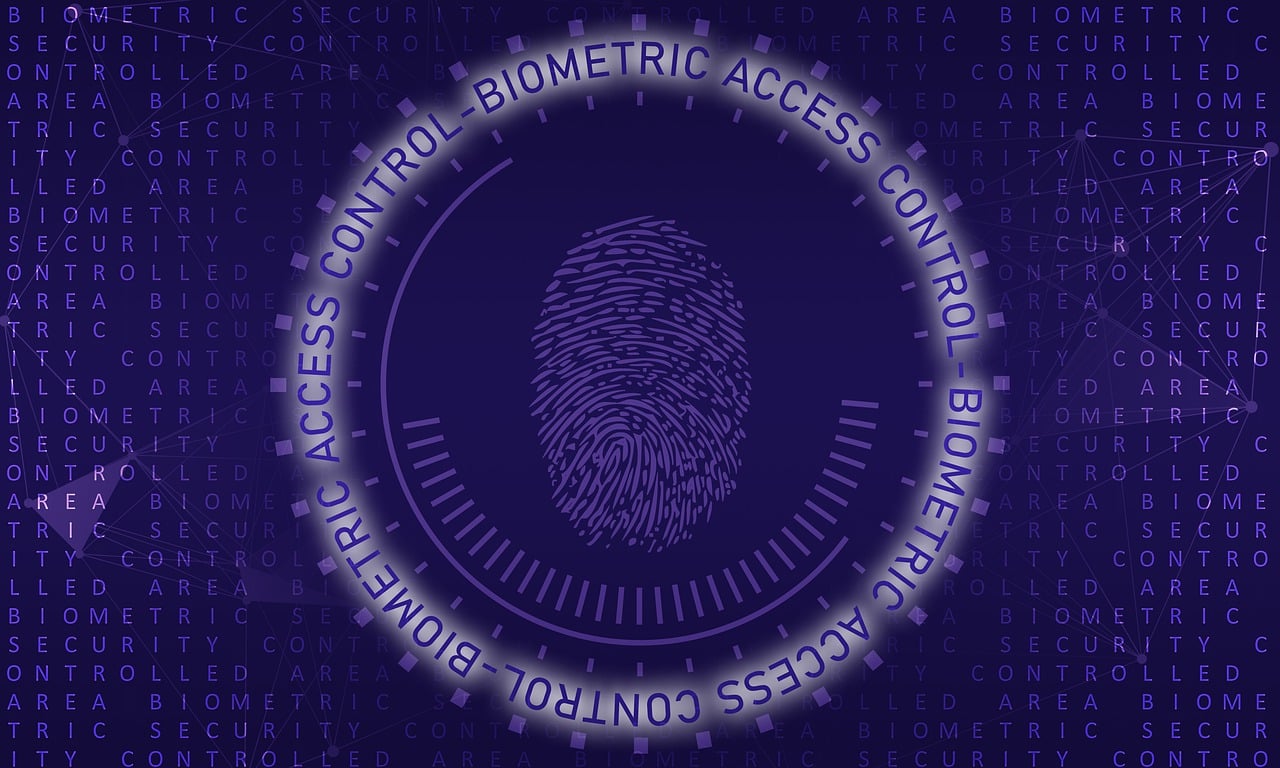The quest to perfect artificial intelligence is fast gaining momentum with scholars doing everything to make this a reality. One of the recent additions to the docket is facial landmark recognition, the technology bound to find human faces in images. We can now use face recognition to secure accounts, estimate gaze direction, change facial appearance, and puppeteer virtual characters among other uses. Despite this breakthrough, most people are still in the dark about how this technology works. We discuss the most important steps involved in this technology.
Facial detection forms the first step in face recognition. To achieve this, software algorithms trace the seven major parts of a face. These include the two eyebrows, the eyes, nose, mouth, and the jawline. Algorithms perform this basic task by identifying any drastic changes between neighboring pixels in an image. The amount of change between neighboring pixels is then calculated. Calculating the gradient of change is the best approach since gradients do not change with light intensity.
With an outline of the face determined, the detection software now computes the 68 facial landmarks of interest. This produces a clear outline with perfect locations for the eyebrows, eyes, nose, mouth, and jawline. Detection software are first pre-trained using numerous images so they can trace images they had not ‘seen’ before. In the third step, the software encode 128 facial values from the basic 68. Different pictures of the same person should always give 128 vector points.
Locating a person from any group of faces becomes simple once the 128 vector points are computed. The next step in facial identification involves calculating the distances of new facial vectors against those in the original image. The image that generates the shortest distance values is selected as that of the person of interest.
The process may seem complete at this point but there is still the challenge of accuracy. Now that there is a high correlation of distances does not mean the exact image match has been identified. Most machine learning techniques make use of Euclidian distance to compare present vectors with past vectors. This results in high accuracies, with some software reporting accuracies above 99.30 percent.
Final Thoughts
As with any other topic in artificial intelligence, facial landmark recognition is surrounded by a lot of uncertainties. The process of accurately identifying a face from an image is highly systematic and complex. However, any interested person can utilize the tools already in the public domain to recognize images. We believe this information provides a good insight into how facial landmarking works.







